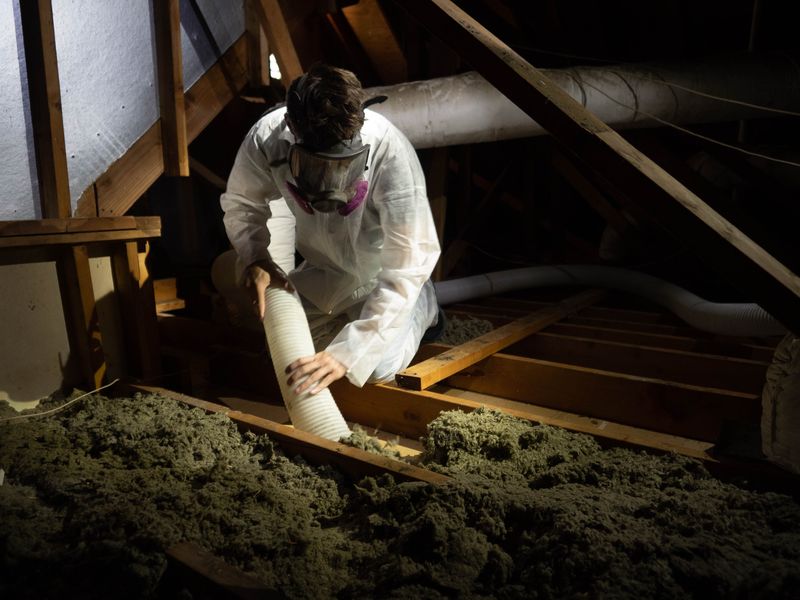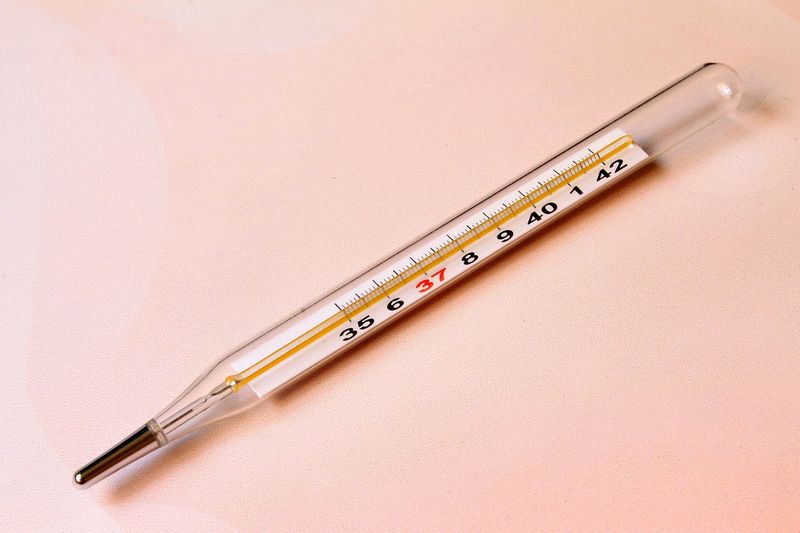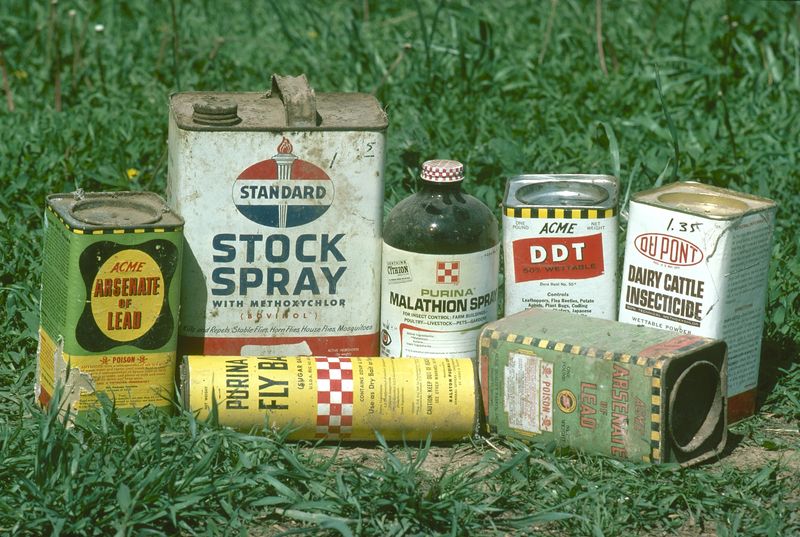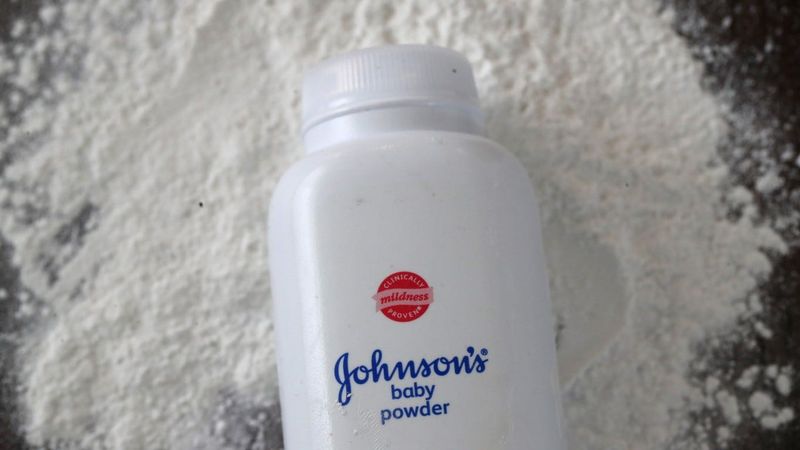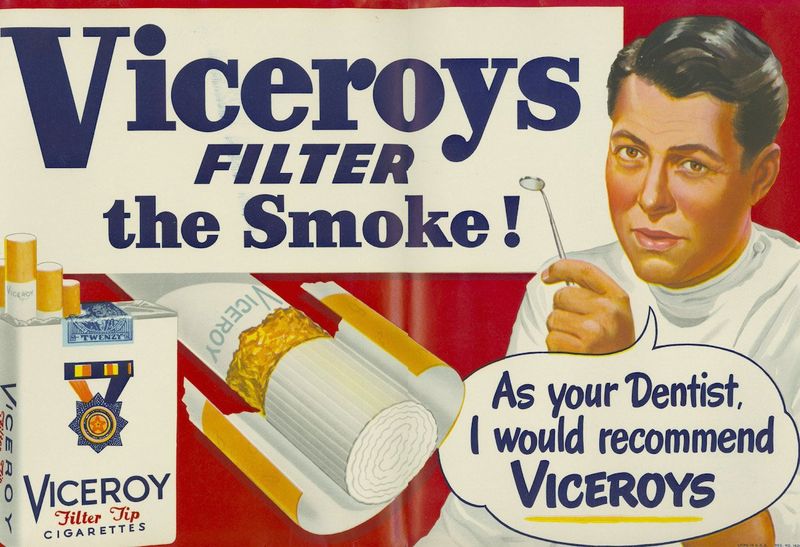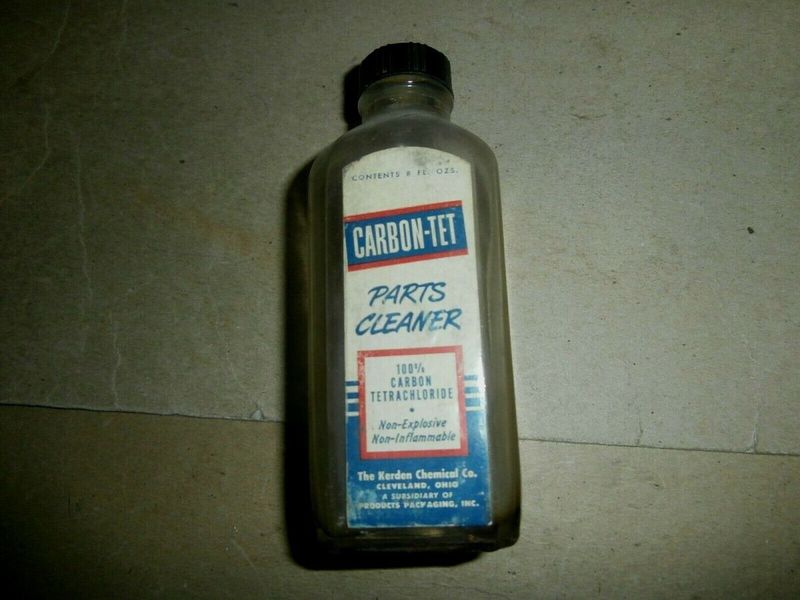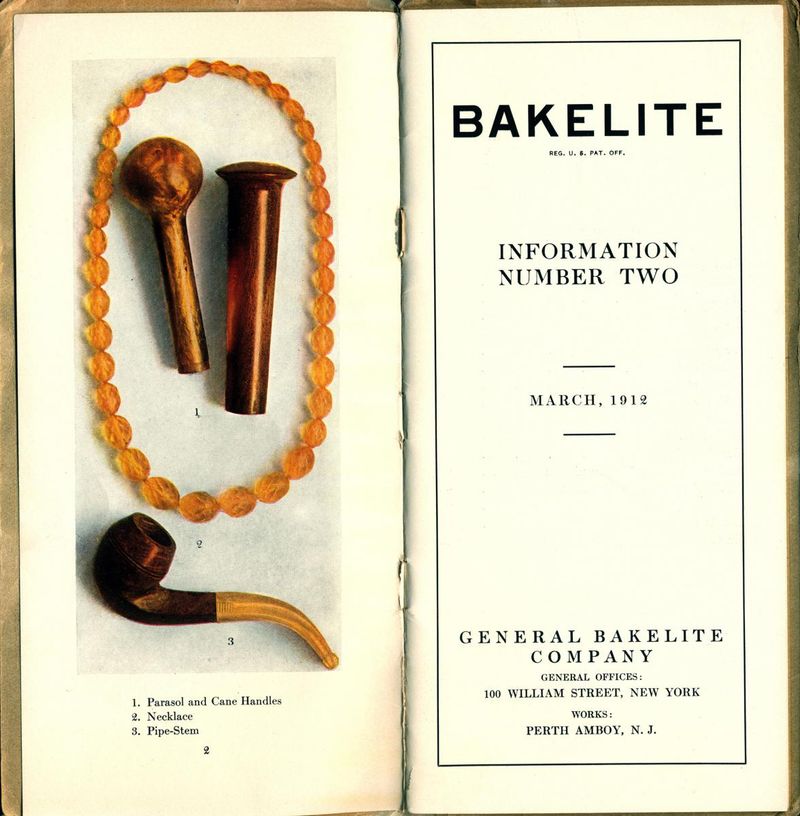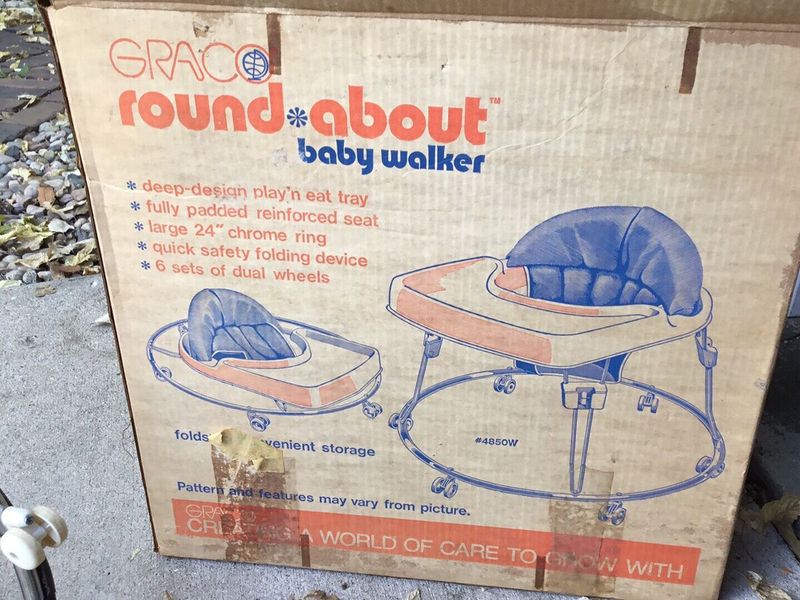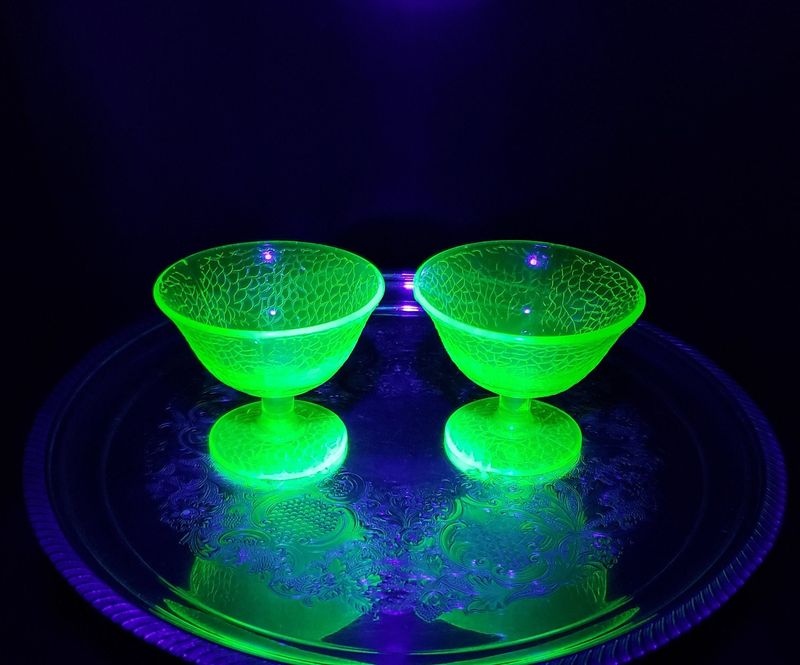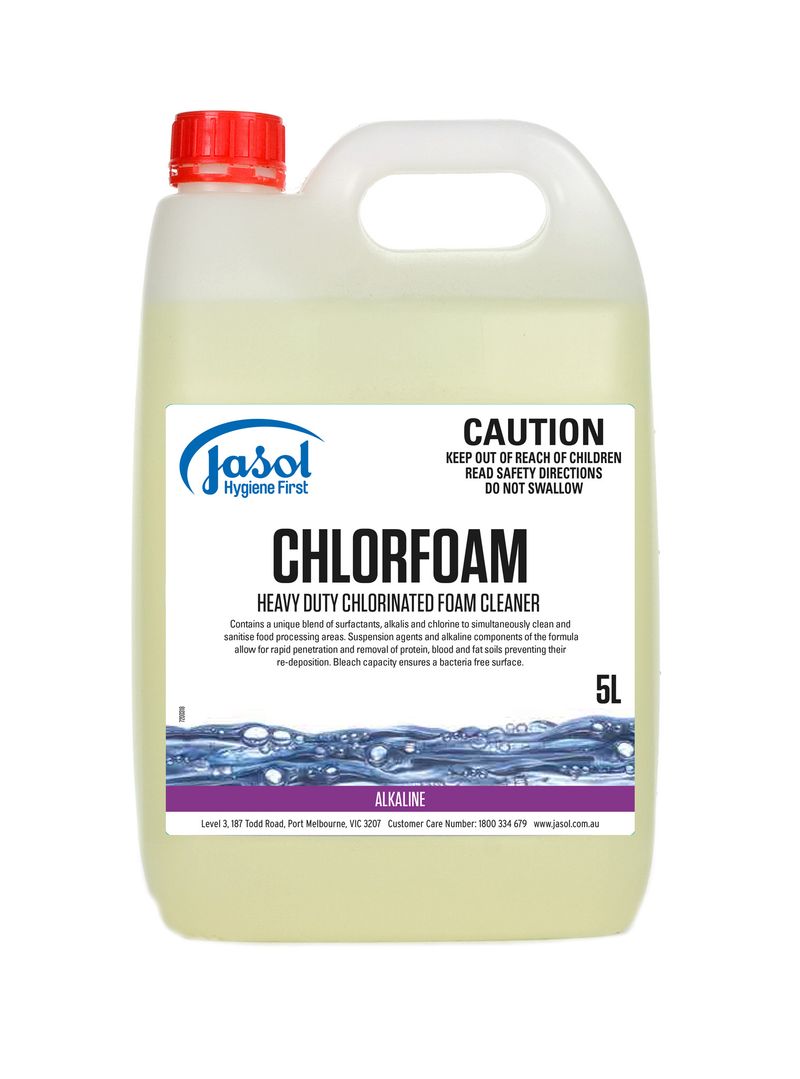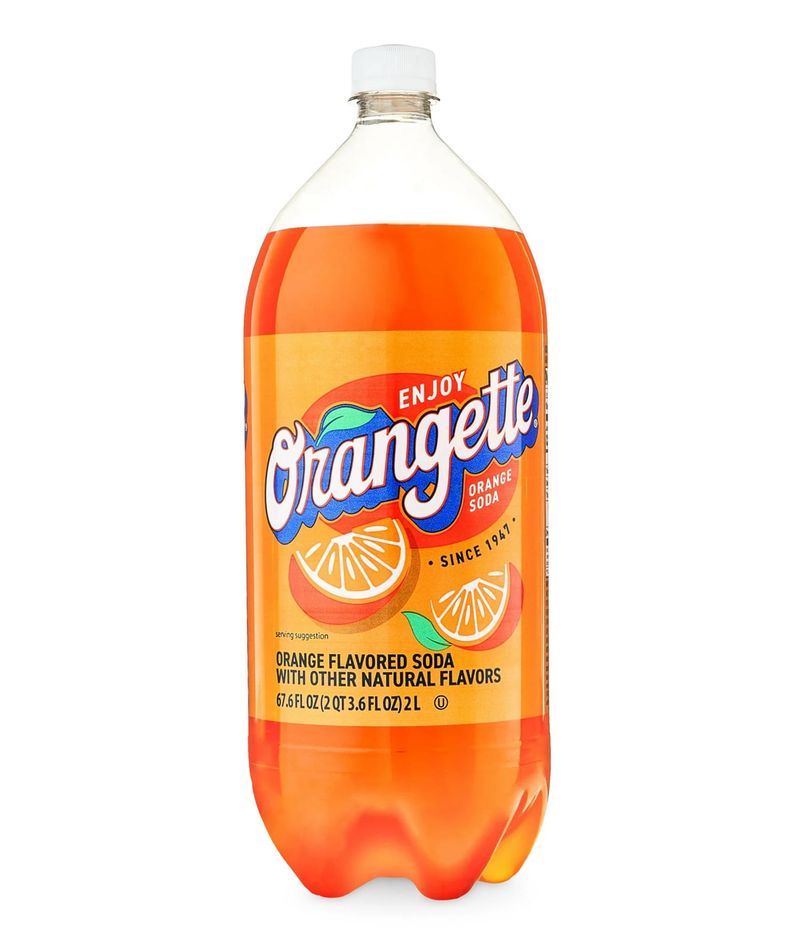Throughout history, many household products once deemed safe have been found to pose significant health risks. These products were part of everyday life, used without knowledge of their potential dangers.
From paints to cleaners, the harmful effects of these items have led to bans and stricter regulations, but not before causing lasting impacts on health and the environment.
1. Asbestos Insulation
Asbestos was once hailed as a miracle material for its fire-resistant properties, making it a common choice for insulation in homes and buildings. Found in ceilings, walls, and flooring, its fibrous nature, when disturbed, released tiny particles.
Inhalation of these particles led to severe lung diseases, including mesothelioma and asbestosis. The dangers were not fully understood until decades later, by which time many workers and residents had already been exposed.
Today, asbestos removal requires specialized professionals, as strict regulations govern its handling to protect public health and prevent exposure.
2. Lead-Based Paint
Lead-based paint was widely used in homes, toys, and furniture, praised for its durability and vibrant colors. However, it posed a grave danger, especially to children.
Exposure to lead paint chips and dust led to lead poisoning, affecting brain development and causing learning disabilities. This silent hazard lurked in countless homes, often unnoticed until symptoms appeared.
As awareness grew, regulations tightened, and lead paint was eventually banned in many countries. Yet, older buildings still harbor this risk, making renovations and repairs a delicate task requiring professional oversight to ensure safety.
3. Radium-Infused Clocks
Radium-infused clocks and watches captivated consumers with their glow-in-the-dark appeal, using radium paint that emitted a soft green light. However, this charm belied a deadly secret.
Prolonged exposure to radium’s radiation posed severe health risks, including fatal radiation poisoning. Workers in factories, painting these dials by hand, were particularly affected, often ingesting radium through improper safety practices.
The realization of radium’s dangers led to stricter safety protocols and the eventual discontinuation of radium in consumer products. These items are now viewed with caution, reminding us of the perils of unchecked innovation.
4. Mercury Thermometers
Mercury thermometers were a staple in households, prized for their accuracy in measuring body temperature. However, their fragile glass design made them prone to breakage, releasing toxic mercury vapors.
These vapors posed significant health risks, damaging the nervous system and kidneys upon inhalation. The dangers of mercury exposure became more evident over time, leading to a shift towards safer alternatives like digital thermometers.
Proper disposal of mercury thermometers is crucial to prevent environmental contamination, and many communities offer special collection programs to safely manage this hazardous waste.
5. DDT (Pesticide)
DDT, once hailed as a revolutionary pesticide, was widely used to control insects in agriculture and households. Celebrated for its effectiveness, it was later discovered to have severe consequences for both human health and the environment.
DDT exposure was linked to cancer and reproductive issues, while its persistence in the environment led to the decline of bird populations.
The ban on DDT marked a turning point in pesticide regulation, highlighting the need for safer, more sustainable pest control solutions. Today, DDT serves as a cautionary tale of the unforeseen impacts of chemical use.
6. Talcum Powder
Talcum powder, a fixture in baby care and cosmetics, was cherished for its moisture-absorbing properties. However, some talc products were contaminated with asbestos, a known carcinogen, leading to potential cancer risks for users.
This revelation sparked widespread concern and numerous lawsuits, prompting a reevaluation of product safety. The industry responded by improving testing and sourcing practices, but many consumers remain wary.
As awareness of the risks spreads, alternatives such as cornstarch-based powders have gained popularity, offering peace of mind without compromising on the benefits of traditional talcum powders.
7. Arsenic-Laced Wallpaper
Victorian-era households prized vibrant wallpapers, unknowingly introducing arsenic into their homes. This toxic element was used to achieve bright colors, especially greens.
In humid conditions, arsenic could release toxic fumes, posing serious health risks. Symptoms included headaches, confusion, and in severe cases, death. As the dangers became apparent, arsenic-laced wallpapers fell out of favor, leading to safer alternatives.
The historical use of such hazardous materials serves as a reminder of the importance of rigorous safety testing in consumer products, ensuring that beauty does not come at the cost of health.
8. Cigarette Ads Promoting ‘Health Benefits’
In the past, cigarette ads boldly proclaimed health benefits, featuring endorsements from doctors and celebrities. Smoking was portrayed as glamorous and beneficial, with claims of aiding digestion and reducing stress.
However, the reality was far grimmer, as cigarettes were linked to lung cancer, heart disease, and early deaths. The powerful marketing campaigns obscured the dangers, delaying public awareness.
As research emerged, revealing the true health impacts, advertising regulations changed drastically. Today, cigarettes are accompanied by health warnings, and anti-smoking campaigns aim to counteract decades of misleading promotions and save lives.
9. Carbon Tetrachloride Cleaners
Carbon tetrachloride cleaners were once favored for their effectiveness in removing stains and extinguishing fires. However, this chemical came with hidden dangers. Exposure led to severe liver and kidney damage, as well as respiratory issues.
As the health risks surfaced, regulations tightened, and safer alternatives emerged. The legacy of carbon tetrachloride serves as a stark reminder of the potential hazards lurking in everyday cleaning products.
Consumers are now encouraged to read labels carefully and opt for eco-friendly options, minimizing health risks while maintaining a clean and safe living environment.
10. Formaldehyde in Wood Furniture
Formaldehyde, used in manufacturing pressed wood products, was a common component in wood furniture, cabinets, and flooring. Over time, these products released formaldehyde fumes, posing health risks such as respiratory issues and cancer.
Awareness of these dangers led to stricter regulations on formaldehyde emissions, promoting healthier indoor air quality. Modern consumers are advised to choose low-emission products and ensure proper ventilation to mitigate risks.
The case of formaldehyde in furniture highlights the ongoing need for transparency in manufacturing processes, safeguarding consumer health through informed choices and improved product standards.
11. Bakelite Plastics
Bakelite, an early plastic, revolutionized consumer goods with its durability and versatility. However, it contained formaldehyde, a chemical later linked to cancer.
As the potential health risks became known, the popularity of Bakelite waned, giving way to safer materials. Today, Bakelite items are valued as collectibles rather than practical household objects, serving as a reminder of the evolving understanding of material safety.
Consumers are increasingly mindful of product composition, seeking safer alternatives that do not compromise on performance. This shift reflects a broader trend towards prioritizing health and sustainability in product design.
12. Baby Walkers (Old Designs)
Older designs of baby walkers lacked essential safety features, posing significant risks to infants. These walkers enabled mobility before babies were developmentally ready, leading to falls and injuries.
Stairs and sharp edges in the home environment exacerbated the danger. Public awareness campaigns and stricter safety regulations led to a decline in the use of traditional walkers.
Modern designs incorporate safety mechanisms, reflecting an industry commitment to infant well-being. Parents are urged to choose products with safety certifications, ensuring that developmental aids support rather than hinder healthy growth and exploration.
13. Uranium-Infused Glassware
Uranium-infused glassware, known for its distinctive glow under UV light, was once a fashionable choice for decorative items. However, the radioactive nature of uranium posed long-term health risks.
While the radiation levels were low, prolonged exposure was a concern, leading to increased scrutiny and regulation. Today, uranium glass is a collector’s item, handled with care and awareness of its unique properties.
This historical curiosity underscores the importance of understanding the materials we bring into our homes, balancing aesthetic appeal with safety and ensuring that beauty does not come at an unacceptable cost.
14. Chloroform as a Household Cleaner
Chloroform was once a common household cleaner and anesthetic, valued for its effectiveness in various applications. However, its use came with serious risks, including organ failure and cancer.
As scientific understanding advanced, the dangers of chloroform became apparent, leading to its removal from consumer products. Modern cleaning solutions prioritize safety and efficacy, reflecting a shift towards health-conscious choices.
Consumers are encouraged to be vigilant about product ingredients, opting for those with transparent labeling and safety certifications. This evolution highlights the ongoing quest for safer, more sustainable household solutions.
15. Brominated Vegetable Oil (BVO) in Soft Drinks
Brominated vegetable oil (BVO) was commonly used in soft drinks to keep citrus flavoring evenly distributed. However, research linked BVO to health issues such as memory loss and organ damage.
As awareness grew, many manufacturers removed BVO from their products, opting for safer alternatives. This change reflects a broader industry trend towards transparency and consumer safety.
While BVO is still allowed in some regions, its controversial history encourages consumers to stay informed about food additives, advocating for clean labeling and the prioritization of health in food and beverage choices.

